Kijk op het fotografisch universum door Erwin Puts

- © 2005-2020 Erwin Puts Contact Me 0

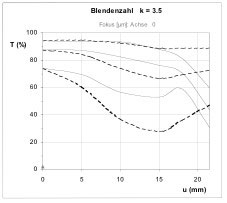
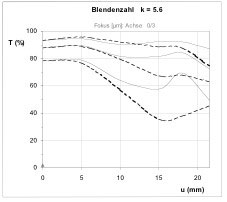
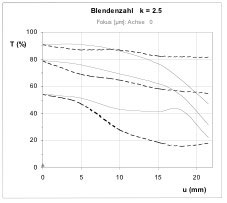
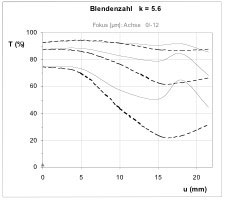
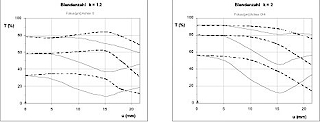


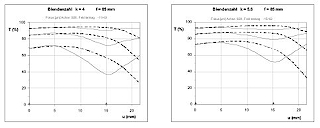

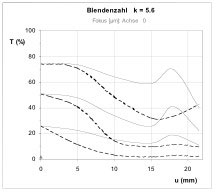
| lp/mm | Planar 1.4/50 | Planar 2/50 | Nokton 1.5/50 | Sonnar 1.5/50 | Summilux 1.4/50 | Summicron 2/50 |
| 4 | 96 | 96 | 96 | 96 | 96 | 96 |
| 8 | 95 | 95 | 94 | 95 | 95 | 95 |
| 10 | 94 | 94 | 94 | 94 | 95 | 94 |
| 16 | 94 | 94 | 92 | 93 | 93 | 93 |
| 20 | 90 | 90 | 88 | 85 | 90 | 90 |
| 40 | 78 | 78 | 80 | 72 | 80 | 78 |
| 80 | 60 | 58 | 62 | 48 | 60 | 58 |
| 160 | 35 | 30 | 35 | 25 | 35 | 35 |